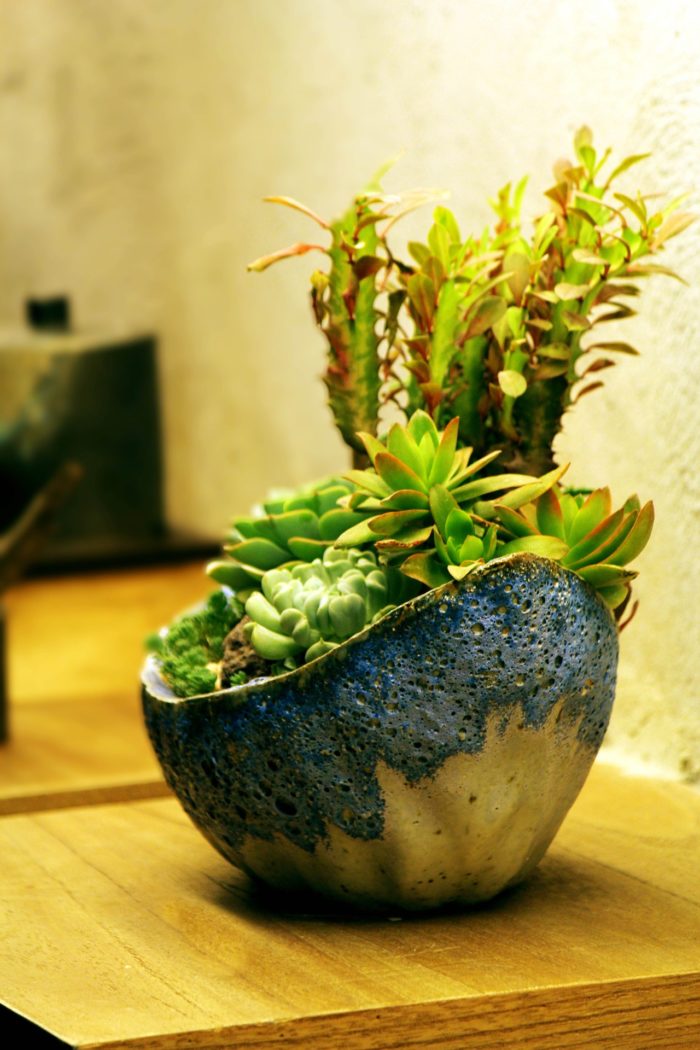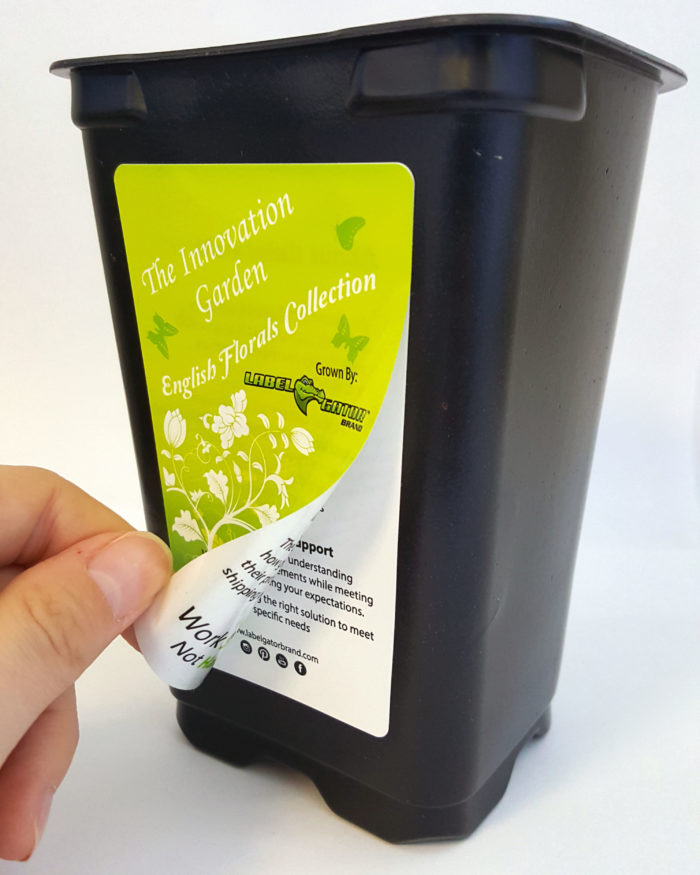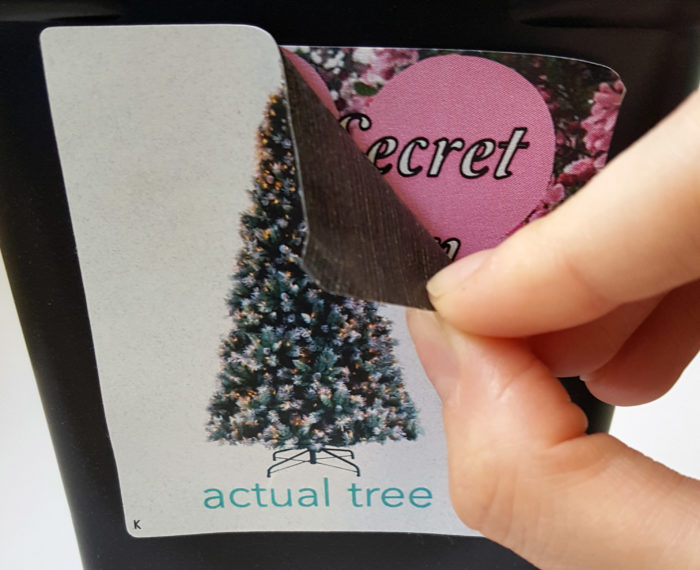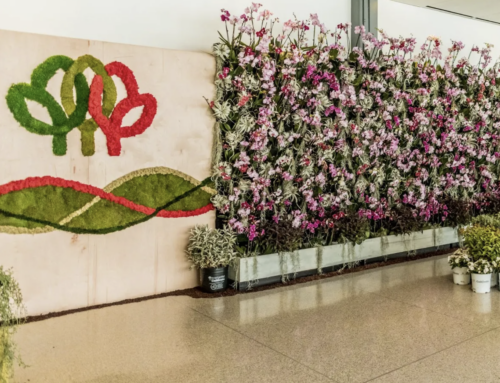Indoor air pollution impacts everyone. Whether at work, at home, or on public transit, pollutants are everywhere. Many of your customers aren’t even aware of the impact it has. Luckily, you have the power to educate them and influence their likelihood of purchasing pollution reducing plants.
First, what is indoor air pollution?
Indoor air pollution, like the video states, consist of both natural and manmade pollutants. Due to the fact structures are containers of air, it creates an environment worse than one outside. At least outside there’s airflow. Luckily, many plants combat air pollution and in confined spaces, this makes a huge difference.
There is no one size fits all plant, either.
Each pollutant is removed by different plants. Or, rather, different plants are more effective at removing certain pollutants. It’s crucial your customers understand that their succulent garden won’t take care of everything.
- Garden Mum removes ammonia, benzene, formaldehyde, and xylene
- Spider Plants remove formaldehyde, and xylene
- Dracaena removes benzene, formaldehyde, trichloroethylene, and xylene
- Ficus/Weeping Fig removes benzene, formaldehyde, and trichloroethylene
- Peace Lily removes ammonia, benzene, formaldehyde, and trichloroethylene
- Boston Fern removes formaldehyde, and xylene
- Snake Plant removes benzene, formaldehyde, trichloroethylene, and xylene
- Bamboo Palm removes benzene, formaldehyde, and trichloroethylene
- Aloe Vera removes formaldehyde

Zen Gardens
The mental wellness trend is encouraging people to bring plants inside for a breath of fresh air. Lean into this trend to encourage plant variety and connect with younger generations. Since people creating indoor and outdoor zen gardens are focussed on clean air, emphasize which plants are most effective.
Also, create a display highlighting these plants in a zen garden aesthetic. Then, take a picture and share it on social media. Not only will you create buzz in-store, but you’ll also draw people in through inspirational social media posting. Millennials are coming around to investing in plants, so communicate with them on their turf.
Encourage Businesses To Take Part Also
One way to do this is to offer a discount when local businesses buy pollutant reducing plants in bulk. Highlight how calming a work space filled with horticulture is. Winter and early spring is the best time to get started! On top of the benefits for workers, anyone in the fresh room will take notice and likely want to replicate it at home.
Incorporate This Information Into Your Label Design
Label design is so important for communicating information to your customers. They make it easy to connect customers to a basic overview of the plant as well as more in-depth information. What are your labels saying?
Label Value Points of Plants
Use graphics to promote the beneficial qualities of each plant as well as the specific pollutants it eliminates. If the copy takes up too much valuable space, include a secondary label. Create a separate label strictly devoted to the indoor air pollutant information to save room on your primary label. If it’s a simple text design with a bold color, it will also pop from the primary label. For such an important piece of information, make sure it catches your customers’ eyes regardless.

Expand Content With A Booklet-Style Label
Instead of a secondary label, another option is expanding content space with a booklet-style label. For those who don’t know about indoor air pollution, an explanation on your label will make the situation crystal clear. Plus, the complex pollutant names need space. Keep our original label design the same, and simply add two more panels with booklet-style labels! Now you can make recommendations for other useful plants, or inspirational zen garden images. This also up-sells other products you offer and entices them to come back and shop at another time.
Labeling Technology
Labeling Technology such as RFID (Radio Frequency Identification) and NFC (Near Field Communication) offer the chance to link customers to video tutorials on plant care, related blogs, or apps. Even a simple QR code links your customers to helpful information to find more success with growing their new plant. Once they do engage with the technology, they automatically grow their relationship to you, the grower. Whether you’re a greenhouse, nursery, or garden center, the benefits to labeling technology is virtually endless. Literally. So, how can your label not only inform your customer, but develop their interest and build your relationship with them?

Label and Over-Label New Designs With Ease
With Label Gator’s labeling systems, you are able to easily label and over-label your containers. If the products you have on shelf need an immediate update, you can do so in a matter of minutes. Save time, money, and labor with labeling automation. Why worry about the placement consistency, or time available to hand apply when your focus is educating your customers on cleaning harmful air in their environments? Automation helps you get back to thinking about what matters for your customers and doing so in no time.
Learn about the labeling and automation solutions that Label Gator offers. See how you can save time, money and labor with our Product Guide. Click here to download the guide.
Connect with us on social media!





